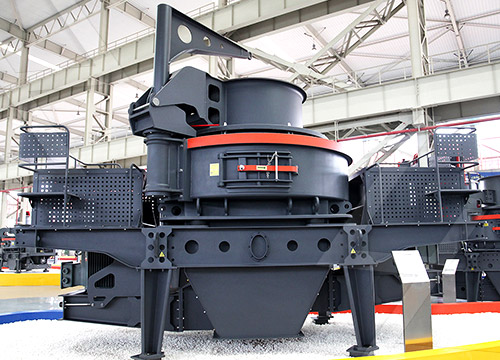An impact crusher is an essential piece of equipment in the mining and construction industries, particularly valued for its versatility and efficiency in producing high-quality sand and gravel. These crushers are widely used in various applications due to their ability to break down a wide range of materials and their reliable performance in both primary and secondary crushing processes.
How an Impact Crusher Works
The impact crusher operates by utilizing a high-speed rotor equipped with hammers or blow bars. As the rotor spins, it generates substantial kinetic energy. When material is fed into the crusher’s chamber, it comes into contact with the fast-spinning rotor, resulting in a powerful impact that fractures and propels the material against stationary anvils or impact plates. This collision not only breaks down the material but also shapes it into uniform, smaller particles. The repeated impact action ensures that the final product is consistently sized, making it ideal for sand and gravel production.

Applications in Sand and Gravel Production
The adaptability of impact crushers to handle various material types, including limestone, granite, basalt, and river rock, makes them indispensable for operations targeting sand and gravel production. These machines can achieve the desired output sizes ranging from fine sand particles to coarser gravel, accommodating various project needs.
Advantages of Using an Impact Crusher
- High Efficiency and Productivity: Impact crushers are known for their high reduction ratios and ability to crush large volumes of material efficiently. This results in faster production rates and meets the growing demand for construction aggregates.
- Versatile Material Handling: These crushers can handle a variety of materials, including limestone, granite, basalt, and even some harder minerals. This flexibility makes them a preferred choice for contractors who need to process diverse materials in different projects.
- Consistent Product Shape: Unlike other crushing equipment that may produce irregular or elongated particles, impact crushers produce a more uniform, cubical product. This feature is highly advantageous for applications that require specific particle shapes, such as in asphalt or concrete mixes.
- Adjustability and Control: Modern impact crushers are equipped with hydraulic or mechanical systems that allow operators to adjust the crusher’s settings easily. This level of control ensures that the output matches project requirements and optimizes the use of resources.
- Cost-Effective Operations: With fewer moving parts and a relatively simple design, impact crushers are easy to maintain and repair. This simplicity translates to reduced downtime and lower operational costs, which is critical for continuous production.
Environmental and Economic Considerations
Impact crushers also contribute positively to sustainability efforts by enabling efficient resource utilization. Their design often includes wear-resistant parts that extend the lifespan of components, reducing downtime and operational costs. The ability to produce high-quality sand and gravel onsite minimizes the need for transportation and supports environmentally friendly construction practices.
